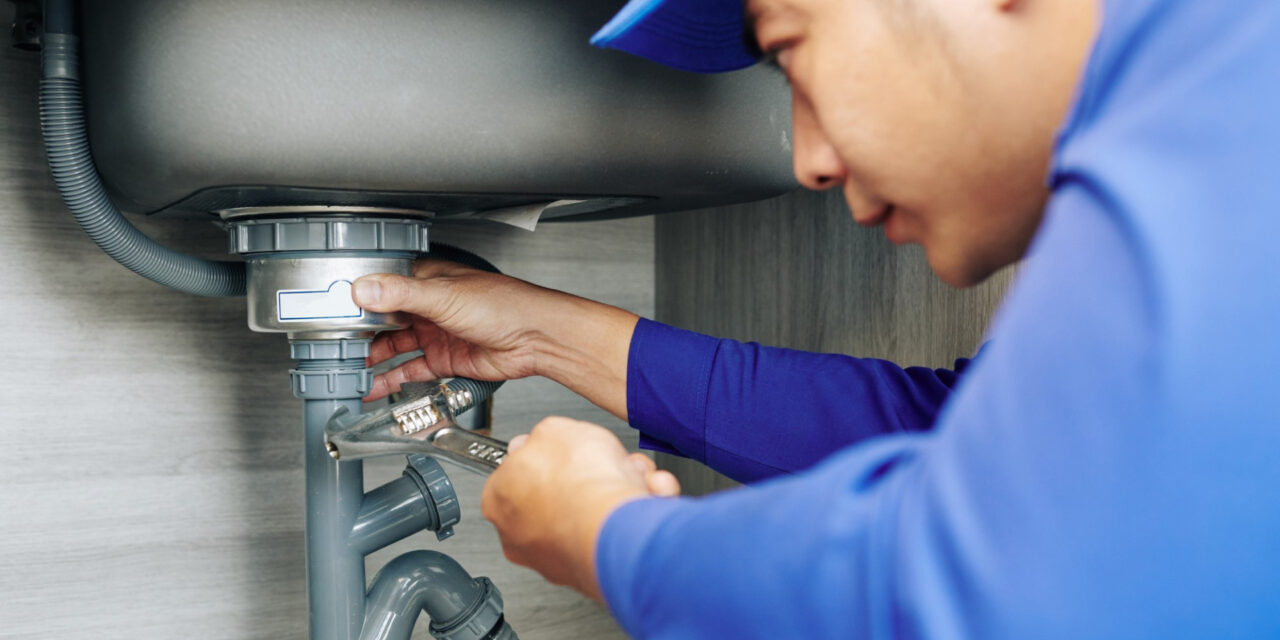How do you really feel in relation to Leaking water lines?

Early detection of dripping water lines can reduce a possible disaster. Some tiny water leakages might not be visible.
1. Take A Look At the Water Meter
Checking it is a surefire way that helps you uncover leaks. If it moves, that indicates a fast-moving leakage. This suggests you may have a sluggish leak that could also be underground.
2. Inspect Water Usage
If you detect unexpected changes, regardless of your consumption being the very same, it indicates that you have leaks in your plumbing system. An abrupt spike in your expense shows a fast-moving leakage.
On the other hand, a steady rise on a monthly basis, despite the same routines, shows you have a slow-moving leak that's additionally slowly rising. Call a plumber to completely check your property, particularly if you feel a warm location on your floor with piping beneath.
3. Do a Food Coloring Examination
When it pertains to water consumption, 30% originates from toilets. Test to see if they are running appropriately. Drop specks of food shade in the tank and also wait 10 mins. There's a leak between the container and bowl if the shade in some way infiltrates your dish during that time without flushing.
4. Asses Exterior Lines
Don't forget to check your outdoor water lines as well. Needs to water seep out of the connection, you have a loosened rubber gasket. One little leakage can throw away tons of water and spike your water bill.
5. Assess the scenario as well as check
House owners must make it a routine to inspect under the sink counters as well as even inside cabinets for any bad odor or mold and mildew development. These 2 red flags suggest a leak so prompt attention is called for. Doing regular assessments, even bi-annually, can save you from a significant issue.
Extra notably, if you understand your house is already old, keep a watchful eye on your heating units, pipes, pipelines and so on. Look for stainings as well as compromising as most devices as well as pipelines have a life span. They will certainly also normally wear away because of deterioration. Do not wait for it to intensify if you suspect dripping water lines in your plumbing system. Call an expert plumber as soon as possible so you don't wind up with a dreadful mess in your house.
Early discovery of leaking water lines can mitigate a prospective disaster. Some little water leakages may not be noticeable. Checking it is a proven method that aids you find leakages. One small leakage can throw away lots of water and surge your water bill.
If you presume leaking water lines in your plumbing system, don't wait for it to rise.
How to Know If Your Home Has a Hidden Leak
Water Meter Reveals Inexplicable Water Usage
If you’d like to test whether or not there’s a leak somewhere in your home, you can do this using your water meter. Here is how to conduct the test:
Don’t use any water in your home for at least 30 minutes; this also means not turning on faucets or water-using appliances.
Go outside, and check your water meter for activity.
If your water meter shows that there was activity, even though no one was using any water, this proves that there is a leak in your home.Visible Mold or Mildew Growth
Leaks behind walls create moist, dark environments that allow mold and mildew to grow and thrive. Eventually, you might see mold growth forming on the wall closest to a hidden leak.
If mold is growing in an area that receives a high amount of moisture, such as a bathroom, it may simply be an indication that better ventilation is needed. However, if you see mold growth on a wall or the ceiling in an area where you would not expect, you probably have a hidden leak.
Musty, Mildew Odor
Sometimes you might not be able to see the mold or mildew that is growing as a result of a leak. However, the smell can give the problem away just as easily. If you catch a whiff of something musty, there’s a good chance that old water is collecting somewhere in your home that you can’t see.
Stained/Warped Walls, Ceilings, or Floors
When your home soaks up water, a variety of red flags can become visible, including ceiling stains, bubbling drywall, warped walls, and sagging floors. While these issues can be caused by excess humidity, they can also be signs that a pipe or plumbing connection has started leaking behind your walls.
Inexplicably High Water Bill
After a while, you get a general sense for what your water bill should be. If you own a pool or sprinkler system, your bill will tend to be higher during summer. However, if you receive a water bill that seems especially high, and you can’t figure out what caused it, then you may have a hidden leak somewhere that’s increasing your bill.
https://www.plumbingjoint.com/blog/2019/july/how-to-know-if-your-home-has-a-hidden-leak/

As a fervent reader on Leaking water lines, I thought sharing that blog post was really helpful. Those who appreciated our blog posting kindly don't forget to share it. I am grateful for your time. Visit again soon.
Plumbing woes? Connect.